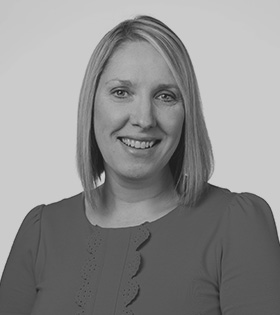Community trade mark applications: faster examination options, but no free rides
From 24 November 2014 the Community Trade Mark Office (OHIM) is changing the way it examines trade mark applications in order to increase its efficiency. This brings in both positives and negatives for applicants. On the plus side, there is now the option for a fast track examination of the application. On the down side, the potential for examination to occur before official fees have been incurred has been taken away.
Historically, it has been possible to delay the payment of the official fees on a Community Trade Mark (CTM) application for one month following the initial filing of the CTM. In four percent of cases this has resulted in the application being examined before the official fee was paid. This has been a useful tool for applicants where there was a question mark over the inherent registrability of the trade mark as it enabled them to receive an examination report before committing to paying the official fees.
OHIM has advised that the number of applications being examined, but not being paid for, is increasing which means that it loses time and in turn, efficiency. As a result, in order to avoid examining applications that will never be paid for, from 24 November 2014, OHIM will only examine applications and process any associated correspondence after the fees are paid.
To coincide with this change, from the same date, applicants will also have the option of having applications published more quickly with the introduction of a new “fast track” procedure. Crucially, the official fee payable for a fast track application will remain the same as a standard CTM application.
What is a fast track application?
A fast track application will be published in half the time or less than a standard application (which is generally published between 8 – 11 weeks after payment of the application fee).
A fast track application also means that there will be no classification deficiencies, as to utilise this system, applicants will have had to select the goods and services from an OHIM approved database of terms.
How will I know if my application has been put on the fast track system?
OHIM advise that a five step form has been designed for the fast track system which presents mandatory fields and default options to ensure that the application is processed as swiftly as possible.
The form has also been designed so that it will flag when the application is, or is not, a fast track application. If the application does not fulfil all of the fast track conditions then the form will flag this up. The applicant will then have the option of deciding whether to make the corrections indicated in the form or to allow the application to proceed as a standard application.
However, an application which has been put on to the fast track system can still fall back on to the standard application system if a deficiency is found during the absolute grounds for examination, for example, if the trade mark is not deemed to be inherently distinctive.
What are the main conditions for utilising the fast track system?
- The official fee must be paid upon submission of the application to OHIM or immediately after submission
- The goods and services designated must have been selected from OHIM’s preapproved classification database
- The applicant must be domiciled in the European Union (EU) or if not, an EU representative must have been appointed
- The application is for a word mark, figurative mark, 3D mark or a sound mark
- The trade mark must not be a collective mark
- The application must not contain a request for national searches
- If priority is claimed, an attachment containing the corresponding priority certificate must be provided
Whether or not the application is processed via the new fast track system or the standard system, 24 November 2014 signifies the introduction of a new era for the processing of CTM applications.
Should you require additional information or have any questions regarding the new fast track system, please do not hesitate to contact your usual trade mark attorney.



